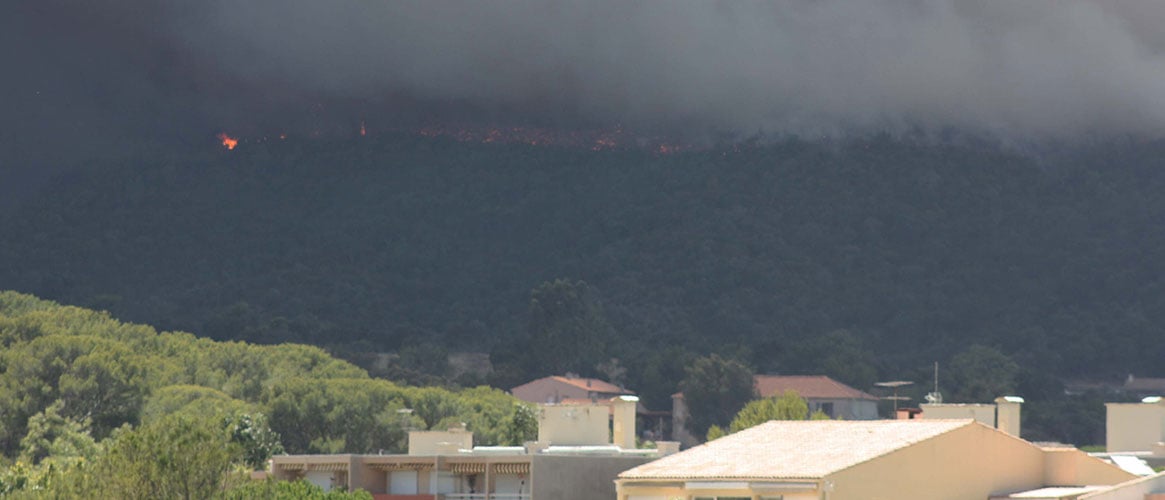If your workplace is in an area affected by wildfire, you must take actions to protect your employees, in the event the air quality reaches a specific level. With large wildfires, smoke becomes airborne and travels well beyond the immediate fire zone, filling the air in many communities. This smoke contains chemicals, gases, and fine particles that pose serious risks to human health. People with heart disease, chest pain, or lung diseases like asthma are at particular risk.
California’s wildfire smoke regulation is designed to protect people who work in these areas.
The smoke regulation requires employers to do the following:
- Monitor the Air Quality Index (AQI) for particulate matter 2.5 (PM 2.5) in regions where workers are located. One way to check the AQI in your specific region is with the Environmental Protection Agency’s Air Now tool. Just enter a ZIP code for the air quality reading for your workplace region. Be sure to check your area’s AQI throughout each day.
- Take steps to reduce exposure to smoke when the AQI for PM 2.5 is above 150. In this case, you should consider relocating employees to an enclosed building with filtered air. You should also make sure the air filters are clean, replace them if necessary, and check with an HVAC technician to make sure air conditioning units are working properly. You can also send them to a different location where the AQI for PM 2.5 is below 150.
- If you were unable to reduce PM 2.5 exposure below 150, provide respirators—rated N95 or above—for employees’ voluntary use.
